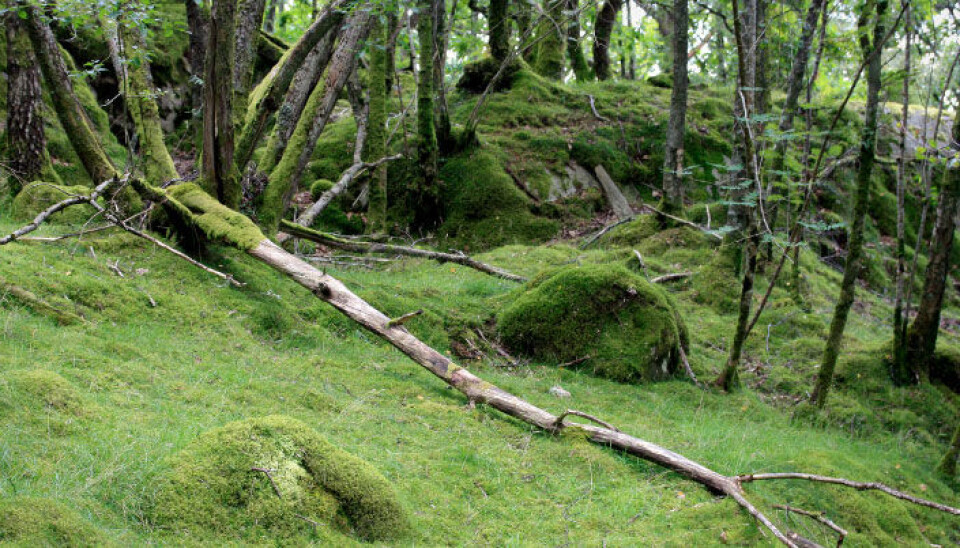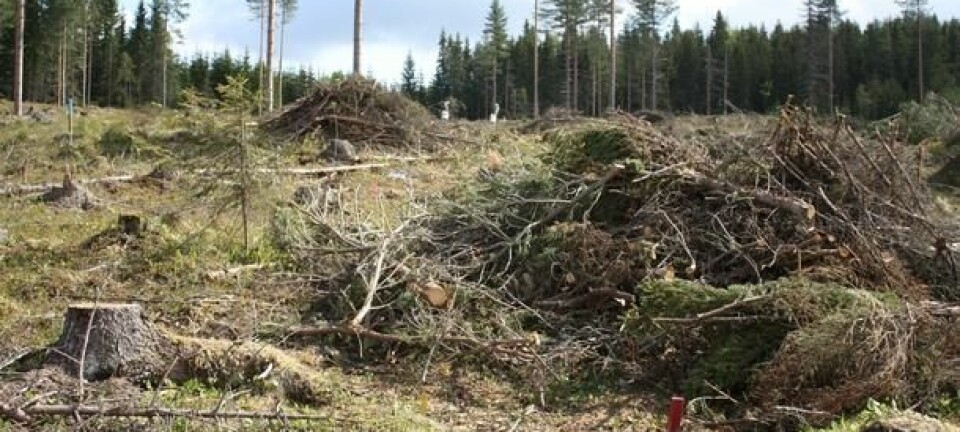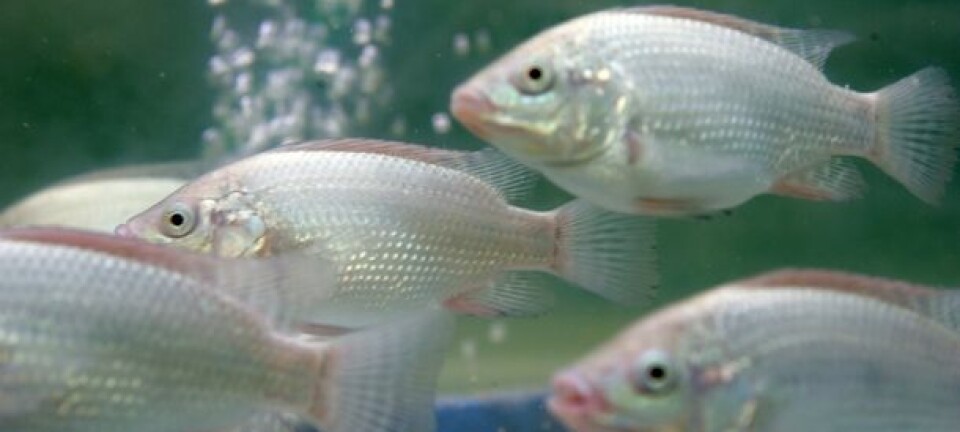
Wood fuels far less climate friendly than assumed
Burning wood or biofuels taken from slow-growing forests may actually be worse in terms of CO2 emissions than burning fossil fuels, new research suggests.
Denne artikkelen er over ti år gammel og kan inneholde utdatert informasjon.
Wood, peat, bioethanol and other biofuels have long been believed to be carbon neutral because the CO2 emissions from plant mass can be absorbed by a new generation of vegetation.
If only it were so easy. In the real world it takes time for the new plants or trees to grow fully and once again recapture all that carbon.
In 2011, scientists from the Cicero Centre for Climate Research and the Norwegian University of Science and Technology used a new method for quantifying the contributions of bioenergy to global warming as compared to fossil energy such as oil and gas.
This provided a new estimate that showed from a 100-year perspective that one kg of CO2 from the combustion of biomass from a Norwegian forest would have the same Global Warming Potential (GWP) as 0.4 kg from a fossil energy source.

But further research now indicates that the real climate effect of wood burning is less advantageous.
“By refining their method I determined that the emission of one kg of CO2 from biomass is the equivalent of about 1.25 to 1.5 kg fossil CO2. So it’s much higher and less climate friendly,” says Bjart Holtsmark, a researcher at Statistics Norway.
In other words, if Holtsmark’s calculations are correct, the climate impact of using slow-growing forest wood for fuel is greater than the burning of fossil fuel, given a 100-year time frame.
A tree trunk is half the biomass
Holtsmark says that the original method failed to account for how logging leaves behind dead tree parts. When trees are cut, a considerable amount of tree “waste” remains in the forest to rot and oxidise – and emit CO2.
“This aspect of the carbon balance sheet for bioenergy needs to be included,” he says. “The usual practice in forestry is to take out the trunks, while leaving the branches, treetops, stumps and roots. But the trunk only comprises half the tree’s living biomass.”
He explains that even if the branches and tops are taken out with the trunks, the stumps and roots will be left behind to oxidise into CO2.
Loss of CO2 absorption
Holtsmark says that another problem was that the original method didn’t include a relevant reference scenario for logging.
“The new method takes into account that a mature forest selected for logging is normally still growing. This means it is still in a process of accumulating living and dead biomass in the forest.”
He says that the logging process brings nearly all this growth to a halt and it takes a long time before the forest can once again capture as much CO2 as before it was cut.
Models simplify reality
“Both this and the original method used models of the forest. Models are by definition simplifications. The simplifications a researcher makes will vary according to the issues at hand, the questions being asked. You realise how much earlier analyses have oversimplified things when more refined models yield completely different answers,” says Holtsmark.
“When I bring in a more realistic reference scenario and include the way logging affects the ability of the forest to capture carbon, the climate effect of bioenergy from the forest is much less advantageous.”
Worse than oil and gas
Holtsmark also asserts that the combustion of timber releases more carbon dioxide per kWh of heat energy than oil and gas.
“For example, only about half as much CO2 per kWh is released when using natural gas rather than wood. When this is taken into account, the picture for bioenergy from slow growing forests becomes even less advantageous.”
However, this does not mean that all bioenergy taken from the forest represents a poor environmental alternative. Holtsmark stresses that his figures only concern bioenergy from increased logging.
“If the forest is going to be cut in any case for use as lumber or as the raw material for the paper industry, the use of the surplus mass of these processes will be a climate-neutral source of energy. We mustn’t throw out the baby with the bath water.”
---------------------
Read the Norwegian version of this article at forskning.no
Translated by: Glenn Ostling


































